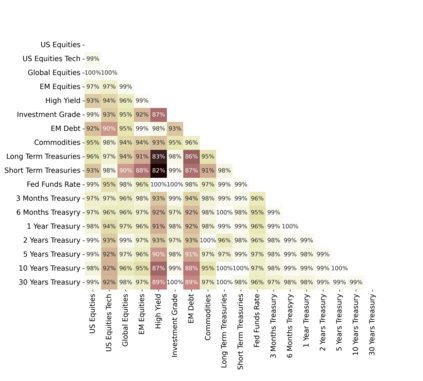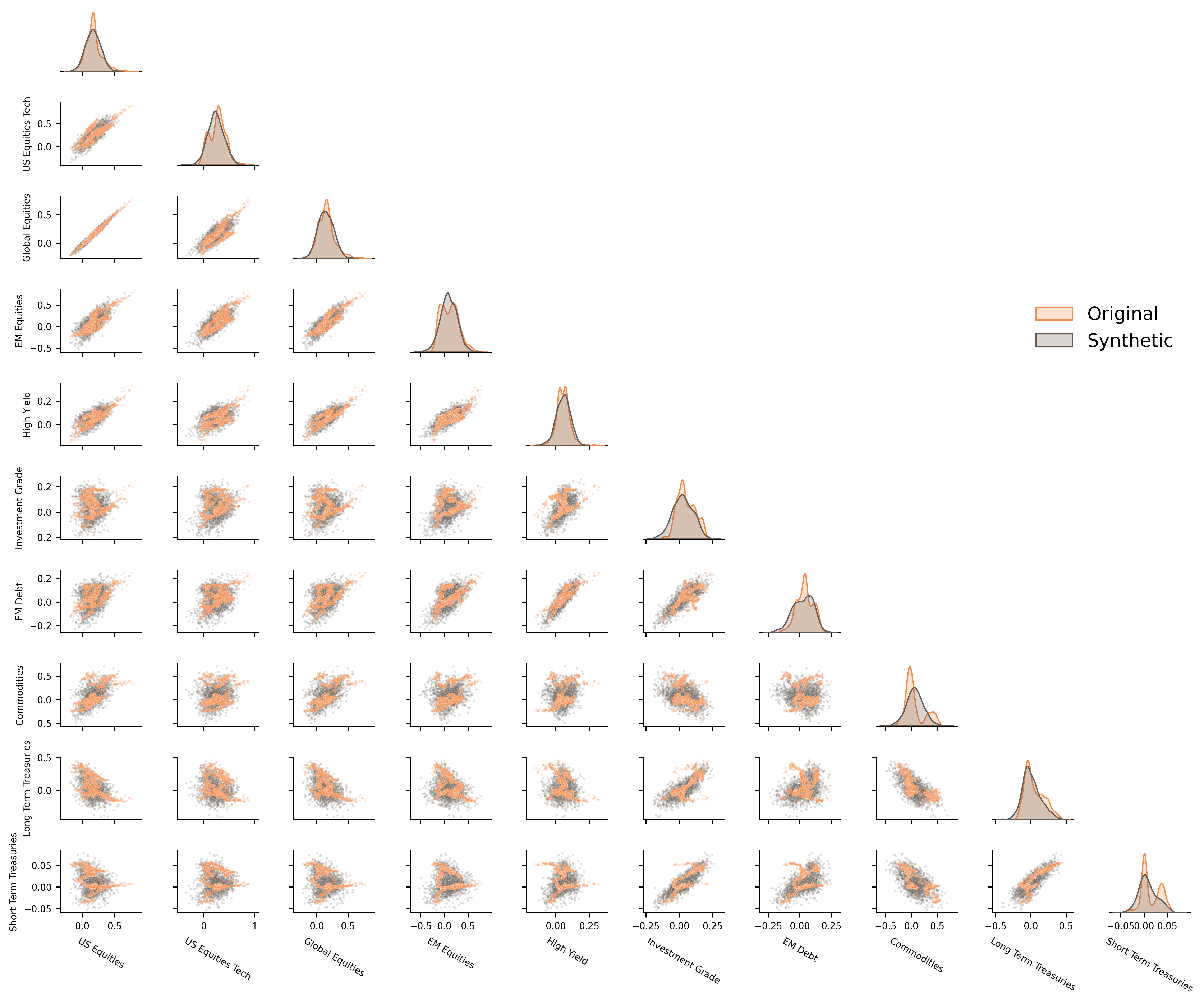We propose a new approach to portfolio optimization that utilizes a unique combination of synthetic data generation and a CVaR-constraint. We formulate the portfolio optimization problem as an asset allocation problem in which each asset class is accessed through a passive (index) fund. The asset-class weights are determined by solving an optimization problem which includes a CVaR-constraint. The optimization is carried out by means of a Modified CTGAN algorithm which incorporates features (contextual information) and is used to generate synthetic return scenarios, which, in turn, are fed into the optimization engine. For contextual information we rely on several points along the U.S. Treasury yield curve. The merits of this approach are demonstrated with an example based on ten asset classes (covering stocks, bonds, and commodities) over a fourteen-and-half year period (January 2008-June 2022). We also show that the synthetic generation process is able to capture well the key characteristics of the original data, and the optimization scheme results in portfolios that exhibit satisfactory out-of-sample performance. We also show that this approach outperforms the conventional equal-weights (1/N) asset allocation strategy and other optimization formulations based on historical data only.
翻译:我们提出新的组合优化办法,利用合成数据生成和CVaR限制的独特组合,将组合优化问题作为一个资产分配问题,每个资产类别都通过被动(指数)基金获得。资产类别权重是通过解决包括CVaR限制的优化问题确定的。优化是通过包含特征(原始信息)的修改后的CTGAN算法进行的,并用来生成合成回报假想,而合成回报假想又被反馈到优化引擎中。关于背景信息,我们依赖美国财政部收益曲线上的若干点。这一方法的优点体现在基于14年半(2008年1月至2022年6月)的10个资产类别(涵盖库存、债券和商品)的范例上。我们还表明合成生成过程能够很好地捕捉原始数据的关键特征,优化计划的结果在组合中显示满意的溢出绩效。我们还表明,这一方法仅超越了基于传统等重资产配置战略(1/N)的常规等重资产配置战略。









